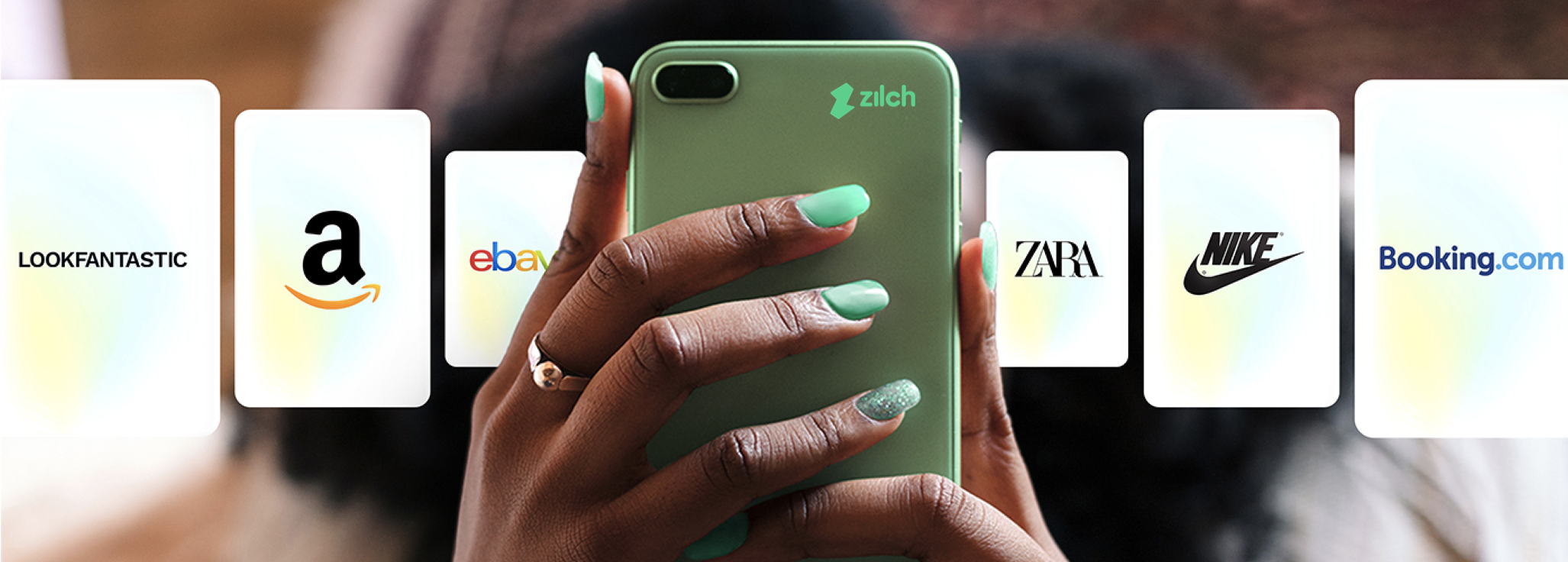When we founded Zilch back in 2018, we were looking to answer one simple and fundamental question: is it possible to do for payments (and credit) what Google did for search? Is it possible to use advertising revenue to fund (or at least subsidise) the cost of payments, credit, savings, and rewards?
That framing of our business model can surprise people – even those who know our company well. But behind the scenes, it’s something all our talented team and investors believe in and is what clearly differentiates us from our competitors. It’s also why we’re confident in our growth strategy as we move into 2023 and beyond.
The model
Google offers its core business for free and funds it by selling adverts, meaning it can offer users an unparalleled, sustainable service – free search. Meta came along and did the exact same thing with social media. But, until we launched Zilch, nobody had ever used the same approach to bring value to customers whenever they pay.
More specifically, if we could find a way to earn advertising revenue from retailers each and every time someone paid for something, then we could pass that revenue back to the customer in the form of free/subsidised credit, discounts, deals or rewards. That’s our model and our founding idea. We call it our Ad-Subsidised Payments Network (ASPN, pronounced ‘Aspen’). One of the major appeals of this approach is that global advertising spend is an enormous revenue pool on which to build a scalable and sustainable payments business – set to be worth more than $1 trillion annually by 2025.
Google and then Meta rode this wave to trillion-dollar valuations of their own. Those two companies alone account for roughly half of all digital ad spend but humbly, we believe that a payments platform is an even more appealing destination for advertisers to spend their marketing budgets – one doesn’t have to search to buy and certainly doesn’t have to use social media to buy, but one must pay.
So why is this possible now? Well the ad industry has been changing and we are all tired of paying for clicks and impressions…
The evolution of the advertising industry
“Half the money I spend on advertising is wasted; the trouble is I don’t know which half.” So said John Wanamaker, the Gilded-Age-era American department store entrepreneur.
The reason that search was able to wrestle advertising spend away from traditional media was precisely because it could better target ads and attribute outcomes to every dollar spent. Then social media enabled equally good ad outcome measurement but even better targeting.
The world has changed, however. Apple’s new privacy controls upended the targeting and measurement mechanisms around which a whole industry was built. Meanwhile, advertisers are increasingly aware of the ubiquity of ad fraud on search and social media.
Advertisers’ growing discontent with the digital behemoths with whom they spend most of their budgets can be seen in the growth of ‘retail media’. Retailers are now a major force in the online ad space with Amazon at the vanguard. In Q3 2022, Amazon generated quarterly advertising revenues of over $9.5 bn; less than five years ago advertising wasn’t even its own line item in the company’s financial reporting.
There are multiple benefits to advertising with retailers. You reach receptive consumers who are already planning to make a purchase. You get greater visibility of conversions into sales. And, in a cookie-less world, your ads can be targeted based on the retailer’s own ‘first-party data’ on what shoppers have previously bought rather than inferring what they might buy based on look-alike behaviour.
But there are also drawbacks. Most obviously, you can and would only place adverts with a retailer who stocks your product and they can only target your ads based on what that customer has bought from them in the past.
The Googlisation of Payments
Enter Zilch. A payments product which a customer can use whenever and wherever they make a purchase – online or offline – would have near unlimited earnings potential from ads. We can put the right brand or product in front of the right customers at the right time, and not only measure the conversion of the sale, but enable it, by providing them with the means to pay.
It’s that unique positioning that has allowed us to build our Ad-Subsidised Payments Network. An ecosystem of millions of Zilch customers, with money to spend, who use our product 80-100 times a year on average, is connected to thousands of competing retailers who can offer targeted deals based on the richest possible first-party data. We take a cut of the advertising revenue and pass the rest back to the customer in the form of market-leading cash back or interest-free short-term credit.
The results speak for themselves. Average e-commerce conversion rates are 1-2%. But as of December 2022, Zilch’s top 10 retailers convert on average 55.4%, with some as high as 72%. This means it’s converting around 30-70x more than the industry standard of search and social.
Payments have traditionally always been a thin-margin business (read: no value to customers) and we are proving that by leveraging growing ad spend as the shift to retail media accelerates. In this new cookie-less world payments businesses like Zilch can sustainably grow at an exponential rate while customers reap the rewards – literally.
Onwards and upwards.
Philip
CEO and Co-Founder, Zilch
P.s to discuss or hear more, reach out to my team directly on: [email protected]
